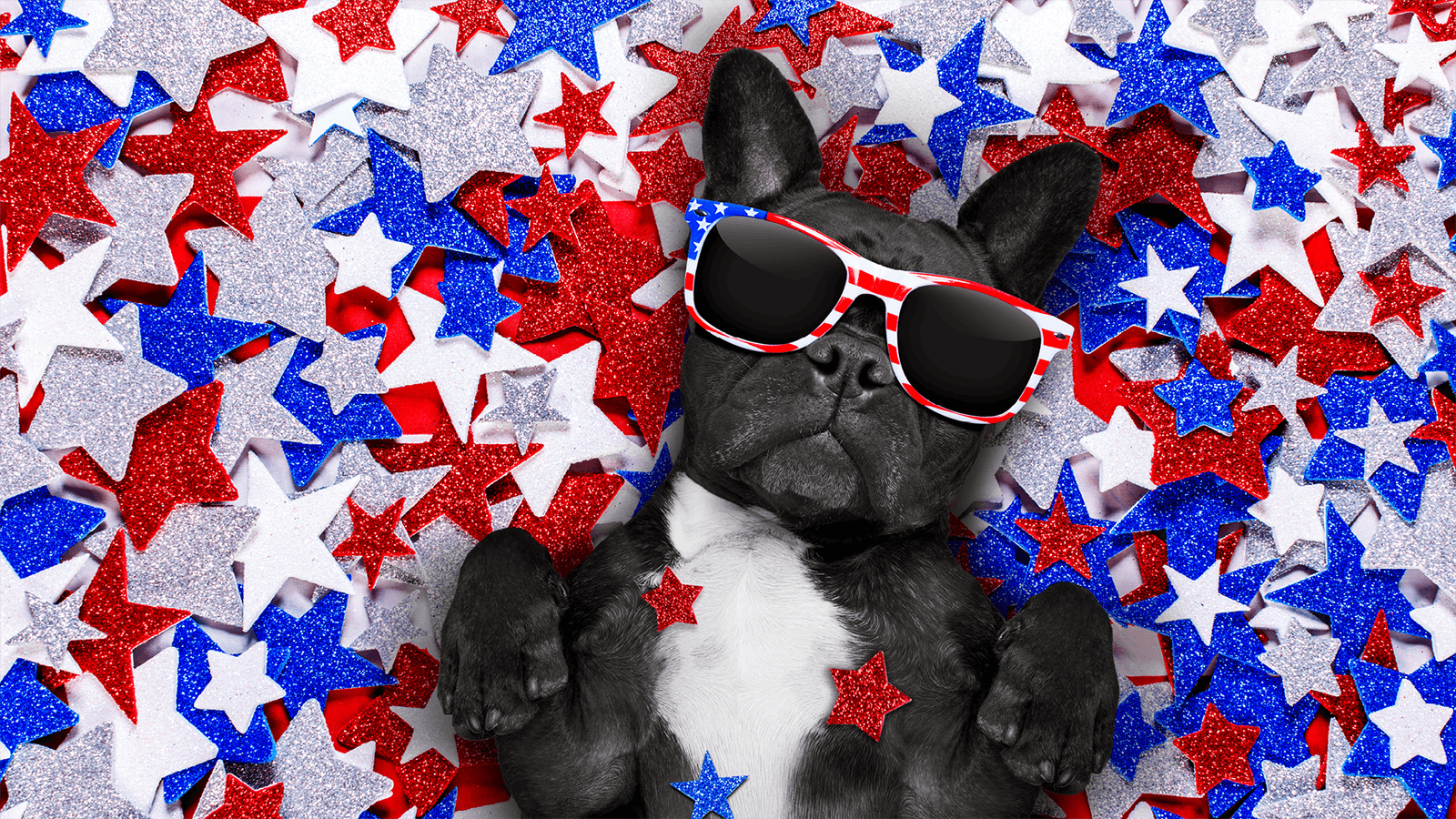The Fourth of July is practically here, so odds are, you’ve stocked up on sparklers and bottle rockets. But have you given any thought to your firework safety plan?
According to the National Fire Protection Association (NFPA), fireworks start an average of 18,500 fires annually, including 1,300 structure fires.
Some of those homeowners were likely displaced or lost their homes entirely.
Worse, in 2023, a staggering 9,700 people were treated in emergency rooms across the nation for firework-related injuries. Injuries to the eyes, face, head, ears, hands, and lower extremities were most common.
It’s extremely important to remember that fireworks can be dangerous, despite how they may be marketed at this time of year.
From using punk sticks to picking up some protective eyewear, these Fourth of July firework safety tips can help ensure your celebration goes off without a hitch — or a stitch.
Make sure your fireworks are legal
Firework safety starts with following all applicable local laws. So, before you pull out the lighter, you should double- and triple-check that the fireworks you have on hand are legal.
Most states do permit fireworks, but some have specific rules and regulations you should know. Research your state, county, city, and even neighborhood to determine exactly what is and isn’t allowed.
Because nothing ruins a celebration quite like a citation!
The states that allow most consumer fireworks are:
• Alabama • Maine • Oklahoma
• Alaska • Michigan • Pennsylvania
• Arkansas • Mississippi • South Carolina
• Florida • Missouri • South Dakota
• Georgia • Montana • Tennessee
• Indiana • Nebraska • Texas
• Iowa • New Hampshire • Utah
• Kansas • New Mexico • Washington
• Kentucky • North Dakota • West Virginia
• Louisiana • Ohio
The states that allow non-aerial and non-explosive (or “safe and sane”) fireworks are:
• Arizona • Maryland (some counties) • Rhode Island
• California • Minnesota • Virginia
• Colorado • New Jersey • Washington, DC
• Connecticut • New York • Wisconsin
• Delaware • North Carolina
• Idaho • Oregon
• Illinois
Research Local Fire Danger Ratings
Firework safety also includes looking into the current fire danger rating in your area.
This rating system estimates the threat of wildfire and operates on red through green ratings. Keep in mind that, if the fire danger is severe enough, there could be an all-out fire ban in your state or county.
The last thing you want is a runaway blaze, so always confirm that ratings are low and fires are permitted.
Pro tip: Keep an eye out for Smokey Bear! His signs shift between red and green throughout the year based on the degree of fire danger.
Keep water on hand
Firework safety also means being well prepared.
Before you light anything, fill at least one bucket of water and store it in an easily accessible place nearby.
If a firework is malfunctioning or if there’s another fire-related issue, grab the water and douse any flames as quickly as possible.
You should also orks” target=”_blank” rel=”noopener”>soak any used or unused fireworks in water before discarding them. Small fireworks can soak for 15 minutes, but larger ones should remain submerged overnight. This ensures the fireworks won’t go off after you throw them out.
A fire extinguisher is also a good idea. Just confirm that yours isn’t expired and familiarize yourself with the instructions for use.
Protect your eyes
It may not be the most stylish thing in the world, but proper protective gear is a must when it comes to firework safety.
It’s estimated that 15% of Fourth of July-related injuries are related to the eyes, so pick up a pair of goggles or glasses before lighting anything.
Pro tip: Don’t overlook a good pair of fireproof gloves, either! Cuts, scrapes, and burns are extremely common around the Fourth of July, particularly if you’re getting up close and personal to light the fuse.
Use a punk stick
Speaking of fuses… Lighting fireworks is much easier (and safer) with the help of a punk stick.
A punk is a bamboo stick with a compressed sawdust coating. It burns very slowly, with no open flame. It looks and functions a bit like an incense stick.
Punk sticks are typically about one foot long, so you can use them to light your fireworks from a greater distance. Plus, since they don’t produce an open flame, they’re safer alternatives to matches or lighters.
That’s right — just one small stick goes a long way in terms of firework safety!
Put the alcohol away
While the party doesn’t have to stop, fireworks should never be handled by anyone under the influence of drugs or alcohol.
Impaired judgment, inaccurate depth perception, and blurred vision are a recipe for disaster when flames are involved. Not to mention the fact that alcohol itself is extremely flammable.
At the end of the day, firework safety should come before a good time.
Consider Leaving Fireworks to the Experts
When in doubt, just put the fireworks away.
The sights and sounds aren’t worth a dangerous situation. Plus, odds are your city or town is hosting a full-fledged fireworks show, managed by professionals, anyway.
Instead of stressing about firework safety, consider laying out a blanket, sitting back, and enjoying the show!
Wrapping Up: Firework Safety is Serious Business
Remember: it’s important to remain focused and vigilant whenever you’re working with fireworks. It’s easy to get distracted by friends, family, and whatever’s on the barbecue, but explosives are certainly not toys.
Do your research beforehand, stock up on helpful gear, and always have water or a fire extinguisher on hand. Then, take a load off and enjoy your celebration.
Happy Fourth!
Published on September 27, 2019


